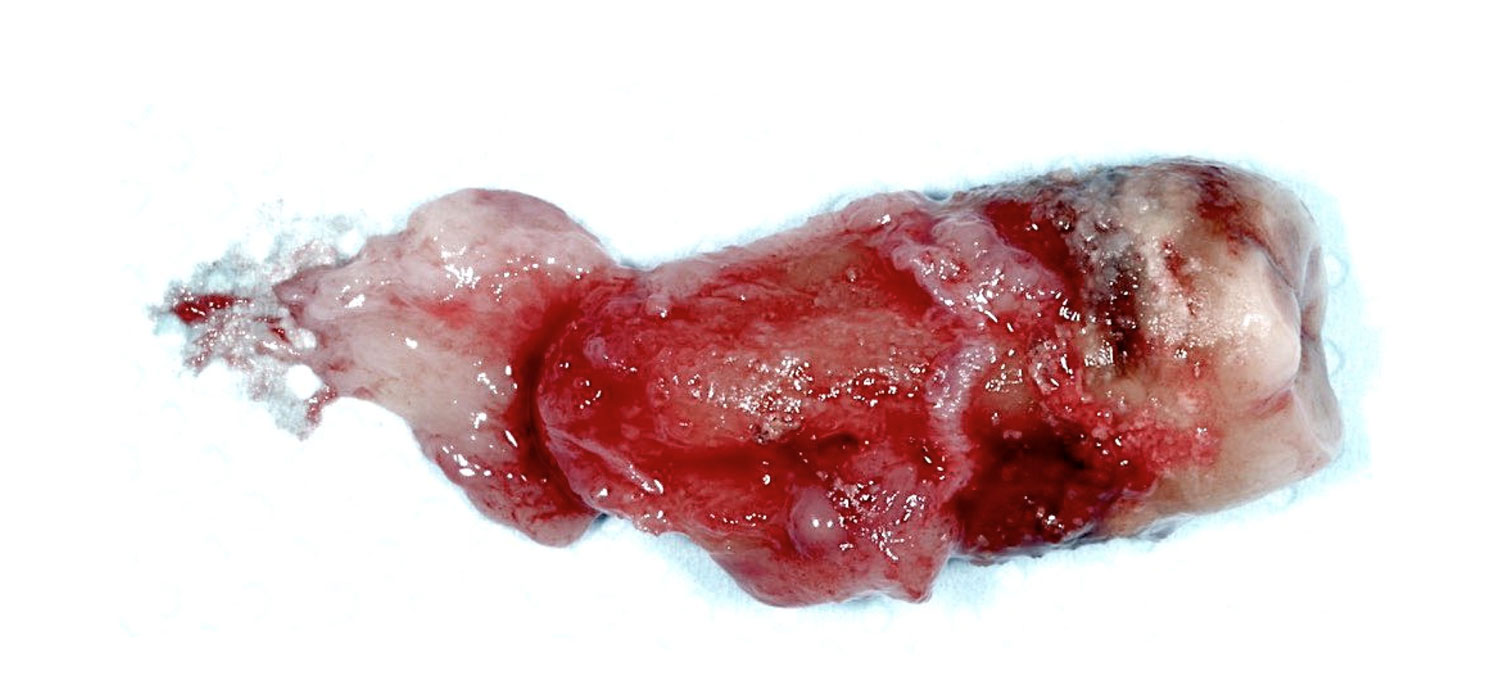Successful treatment – does it make a difference?
PD Dr Kristina Bertl, PhD MSc MBA
The ‘new’, although also now almost five-year-old, classification for periodontal and peri-implant conditions included a definition for a successfully treated periodontitis patient for the first time.

This definition enables the success of a patient’s treatment to be assessed after the active phase of treatment and thus at the start of periodontal maintenance treatment. However, the definition can also help to evaluate whether the patient is stable during maintenance treatment or not.
A patient is considered successfully treated and periodontally stable if they meet the following conditions (Chapple 2018):
- Maximum 4 mm pocket probing depth
- A pocket probing depth of 4 mm does not exhibit bleeding after probing
- Bleeding after probing in the entire oral cavity is < 10 percent
- There is a radiological and clinical loss of attachment due to previous disease activity
How often can this excellent treatment result actually be achieved, especially in later stages of periodontal disease (stages III and IV)? And does achieving this goal actually have a positive effect on further illness/disease progression and/or the risk of recurrence? A research team from Vienna looked into these exact questions and retrospectively examined data from 100 patients with stage III or IV periodontitis and a medium to high compliance over 10 years of maintenance treatment (Bertl 2022). The authors came to the following interesting conclusions:
- After the active treatment phase, only approximately 20 percent of patients met all the criteria for a successfully treated periodontitis patient.
- Patients that were classified as not successfully treated at the start of periodontal maintenance treatment had a significantly higher risk of a higher number of sites with increased pocket probing depths and a higher rate of tooth loss over the course of maintenance treatment.
- The negative effect of a poorer treatment status could, however, be partially compensated for by optimal compliance.
- The periodontitis-related rate of tooth loss in patients with moderate to high compliance was approximately 0.035 teeth/patient/year after ten years of maintenance treatment. Only around one in four patients was affected by periodontitis-related tooth loss and, apart from one, all patients with periodontitis-related tooth loss were not deemed to have been successfully treated after active periodontitis treatment.
What are the important conclusions for us here in the dental practice? The definition of a successfully treated periodontitis patient is extremely strict and not achievable for every patient. Nonetheless, an optimal treatment result has an extremely positive effect on tooth retention in the long term. If, however, we fail to achieve this goal, despite all of our efforts, it will be even more important to ensure patient compliance.
Reference
- Chapple, I. L. C., Mealey, B. L., Van Dyke, T. E., Bartold, P. M., Dommisch, H., Eickholz, P., Geisinger, M. L., Genco, R. J., Glogauer, M., Goldstein, M., Griffin, T. J., Holmstrup, P., Johnson, G. K., Kapila, Y., Lang, N. P., Meyle, J., Murakami, S., Plemons, J., Romito, G. A., ... Yoshie, H. (2018). Periodontal health and gingival diseases and conditions on an intact and a reduced periodontium: Consensus report of workgroup 1 of the 2017 world workshop on the classification of periodontal and peri-implant diseases and conditions. Journal of Clinical Periodontology, 45(Suppl 20), S68–S77. Bertl, K., Pandis, N., Stopfer, N., Haririan, H., Bruckmann, C., & Stavropoulos, A. (2022). The impact of a “successfully treated stable periodontitis patient status” on patient-related outcome parameters during long-term supportive periodontal care. Journal of Clinical Periodontology, 49(2), 101–110.


comentarios